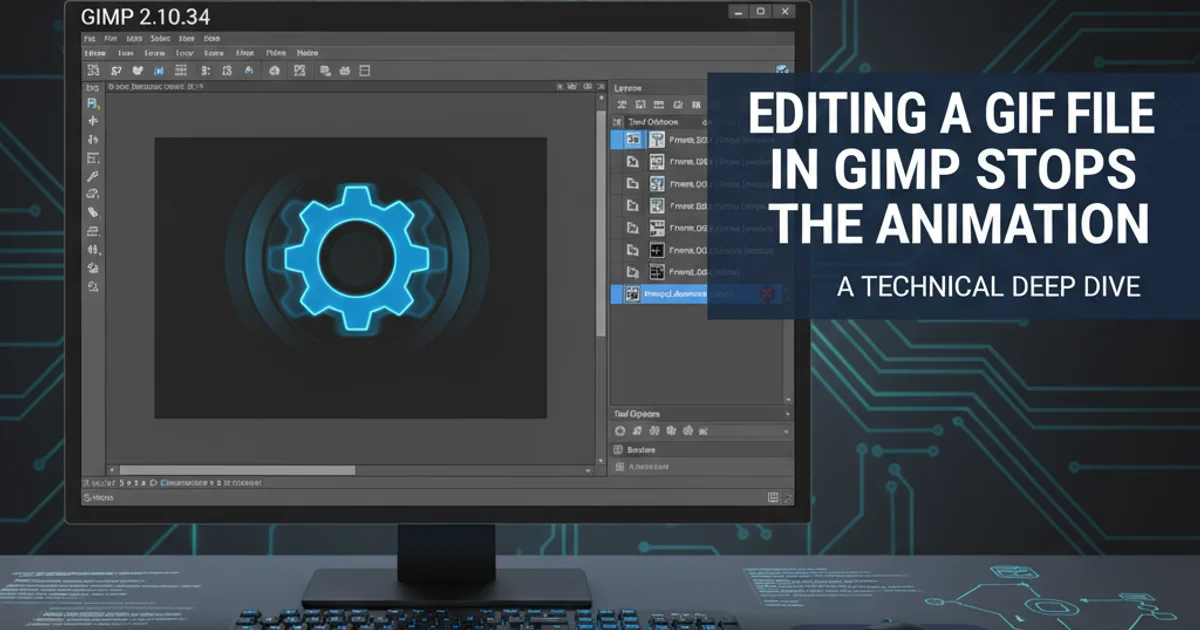How should I use Outlook to send code snippets?
Categories:
Mastering Code Snippets in Outlook: Best Practices for Clear Communication

Learn the most effective ways to share code snippets in Outlook, ensuring readability, proper formatting, and avoiding common pitfalls for technical communication.
Sharing code snippets via email, especially in Outlook, can be a challenge. Without proper formatting, code can lose its indentation, syntax highlighting, and overall readability, leading to misinterpretations and wasted time. This article provides best practices and methods to ensure your code snippets are always presented clearly and professionally in Outlook, specifically focusing on Outlook 2007 and later versions.
Why Direct Pasting is Problematic
When you directly paste code into an Outlook email, especially from an IDE or text editor, Outlook's rich text editor often strips away crucial formatting. Indentation might be lost, tabs could be converted to spaces inconsistently, and syntax highlighting is almost always removed. This makes the code difficult to read, debug, and understand for the recipient. It can also introduce subtle errors if the recipient copies and pastes the unformatted code back into their environment.

Example of poorly formatted code in Outlook
Recommended Methods for Sharing Code
To ensure your code snippets are received as intended, consider these methods, ranging from simple text files to dedicated code-sharing services.
1. Method 1: Plain Text Attachment
The simplest and most reliable method is to save your code snippet as a plain text file (e.g., .txt, .cs, .py, .java) and attach it to the email. This preserves all formatting, including indentation, and ensures the recipient can open it in their preferred editor. This is especially useful for longer snippets or full files.
2. Method 2: Using a Code Formatter/Highlighter
For shorter snippets that you want to embed directly into the email body, use an external code formatter or syntax highlighter. Many online tools (e.g., Carbon, GitHub Gist, or even IDEs with 'Copy as HTML' features) can convert your code into HTML with syntax highlighting. You can then paste this HTML into Outlook. Ensure Outlook is in HTML format (which is usually the default).
3. Method 3: Dedicated Code Sharing Services
For collaborative work, version control, or sharing with a wider audience, dedicated code-sharing services like GitHub Gist, Pastebin, or internal code repositories are ideal. These services provide versioning, commenting, and proper rendering of code. You simply share a link to the snippet in your email.
4. Method 4: Using Outlook's 'Insert Object' (Less Common)
While less common for code, you can insert a file as an object. This embeds the file directly into the email body, but it might require the recipient to have the associated application to view it properly. It's generally less flexible than a direct attachment.
Embedding Formatted Code Directly (HTML Method)
If you choose to embed code directly into the email body with formatting, the most effective way is to use an external tool to generate HTML. Here's a general workflow:

Workflow for embedding formatted code into Outlook
After generating the HTML, simply copy it and paste it into your Outlook email. Outlook's default editor is usually HTML-based, so it should render correctly. Always send a test email to yourself or a colleague to verify the formatting before sending it to the final recipient.
Example: Using a Simple Text File Attachment
For many scenarios, especially when collaborating with developers, a simple text file attachment is the most robust and universally compatible solution. It avoids any rendering issues within Outlook itself.
public class MyService
{
public string Greet(string name)
{
return $"Hello, {name}!";
}
public int Add(int a, int b)
{
return a + b;
}
}
Example C# code snippet saved as MyService.cs
To send this, you would save it as MyService.cs and then use Outlook's 'Attach File' option to include it in your email. The recipient can then open it in Visual Studio, VS Code, or any text editor, preserving all formatting.